Lake Whatumā Catchment
The Lake Whatumā catchment is a catchment area of approximately 6,400 hectares located in the Central Hawke’s Bay (Tamatea), south of Waipukurau. It comprises Lake Whatumā, a 160 hectares shallow lake, and its several tributaries. Adjacent to the lake is a 76-hectare area of wetland and wildlife hotspot, which has become degraded in the last years. The wetland is most notable for being one of the last of its kind in the Hawke’s Bay region. The lake itself has significant ecological value and is home to the largest population of the globally endangered Australasian bittern.
Historically, Lake Whatumā has also been an important source of food (including tuna, kōkopu, kākahi), water and sustainance for the local community since the first Māori ancestor, Whata, arrived in this place. Therefore, Lake Whatumā is integral to the contemporary Māori identity and sense of belonging.
Currently, Lake Whatumā catchment’s water quality is affected by high nutrient concentrations, most notably suspended sediments. For this reason, the local community, led by Whatumā Management Group, has been sharing and collaborating with the Catchment Solutions Project in monitoring and improving water quality.
Introduction
In 2018, Lake Whatumā was returned back to māna whenua through the Heretaunga Tamatea treaty settlement. Since then, māna whenua has become an active managing group of the reserve. Due to the water quality and ecology degradation of the lake and the connection loss between the people and the lake, māna whenua has established these two issues as imperative.
Watch the video below where Dr. Roger Maaka describes the history and background of Lake Whatumā. [Video is 13 mins]
Collaborative Catchment Analysis
Fact & Figs
Click on the image to enlarge
RAINFALL
In the last 10 years, rainfall in the Lake Whatumā catchment has ranged from 844 mm in the year 2020 to 1325 mm in the year 2018, with an annual average of 1049 mm.
WATER QUALITY TREND
In the Lake Whatumā catchment, the Ngahape stream, which is the main tributary of Lake Whatumā , has shown large concentrations of dissolved reactive phosphorous and total phosphorous (worst 25% of all sites measured by Land Air Water Aotearoa (LAWA)). Additionally, clarity, total nitrogen and ammonia-N were found to be in the worst 50% of the same sites.
Source:
critical flow pathways
possible mitigations
In addition to best management practices around the lake, potential edge-of-field practices could be the construction of well placed detainment bunds. You will see from the image below that there are numerous places detainment bunds could be placed around the lake area.

Management of the lake
The Whatumā Management Group (WMG) has been appointed by the respective Māori trusts to lead the management of Lake Whatumā and to look into developing a long-term management plan for the lake. In this regard, WMG has developed strategies to enhance the lake’s ecosystem, such as a planting program of native plant species and a control programme of invasive species (i.e., alligator weed, ducks, mustelids, and possums).
The WMG has been working together with the Catchment Solutions Project team in monitoring and analysis of water quality samples around Lake Whatumā, which will provide essential information to develop edge-of-field mitigation strategies to reduce nutrient concentrations in tributaries of the lake.
Watch the video below where Arapera Paewai describes some of the challenges facing the lake and the steps they are taking to mitigate these. [Video is 9 mins]




















